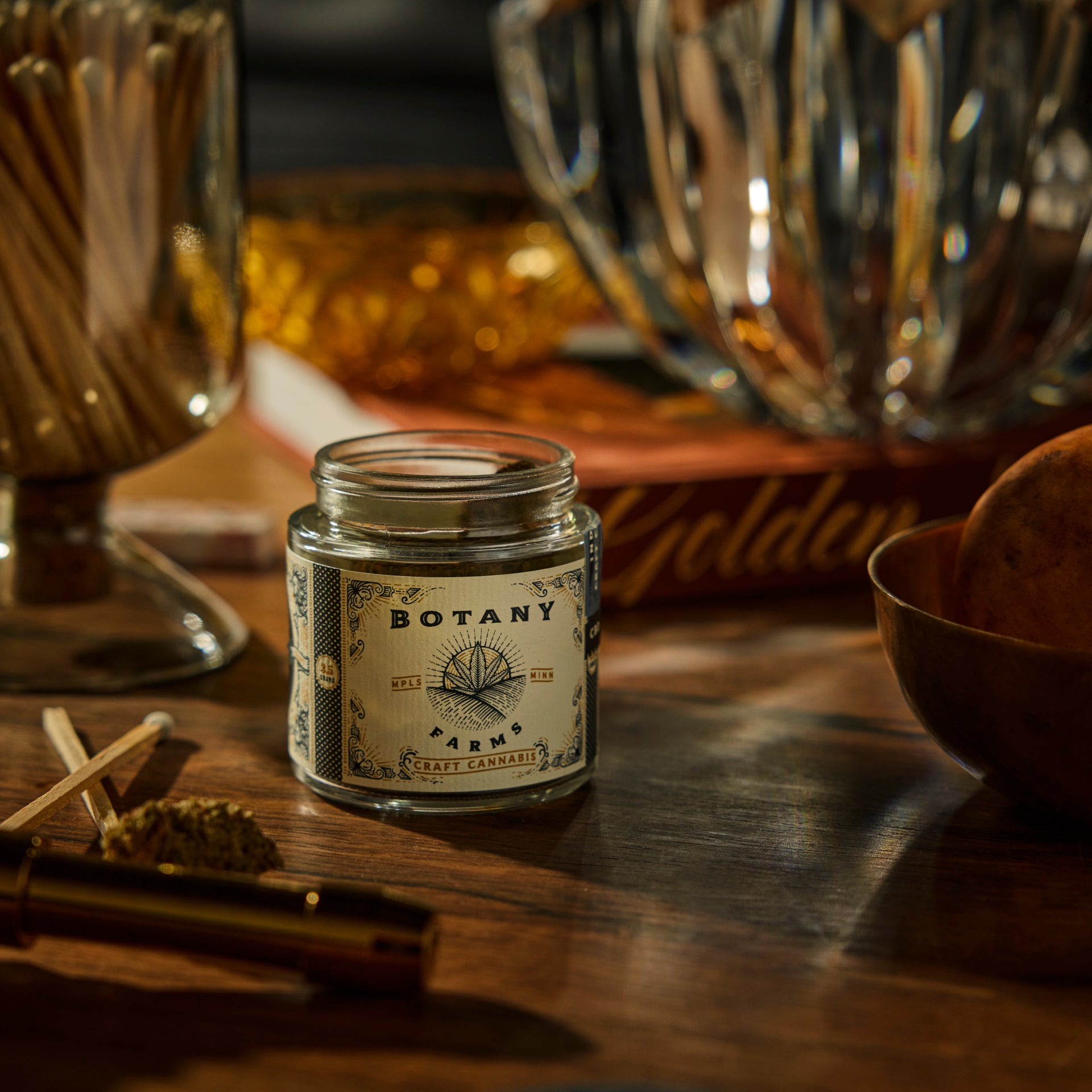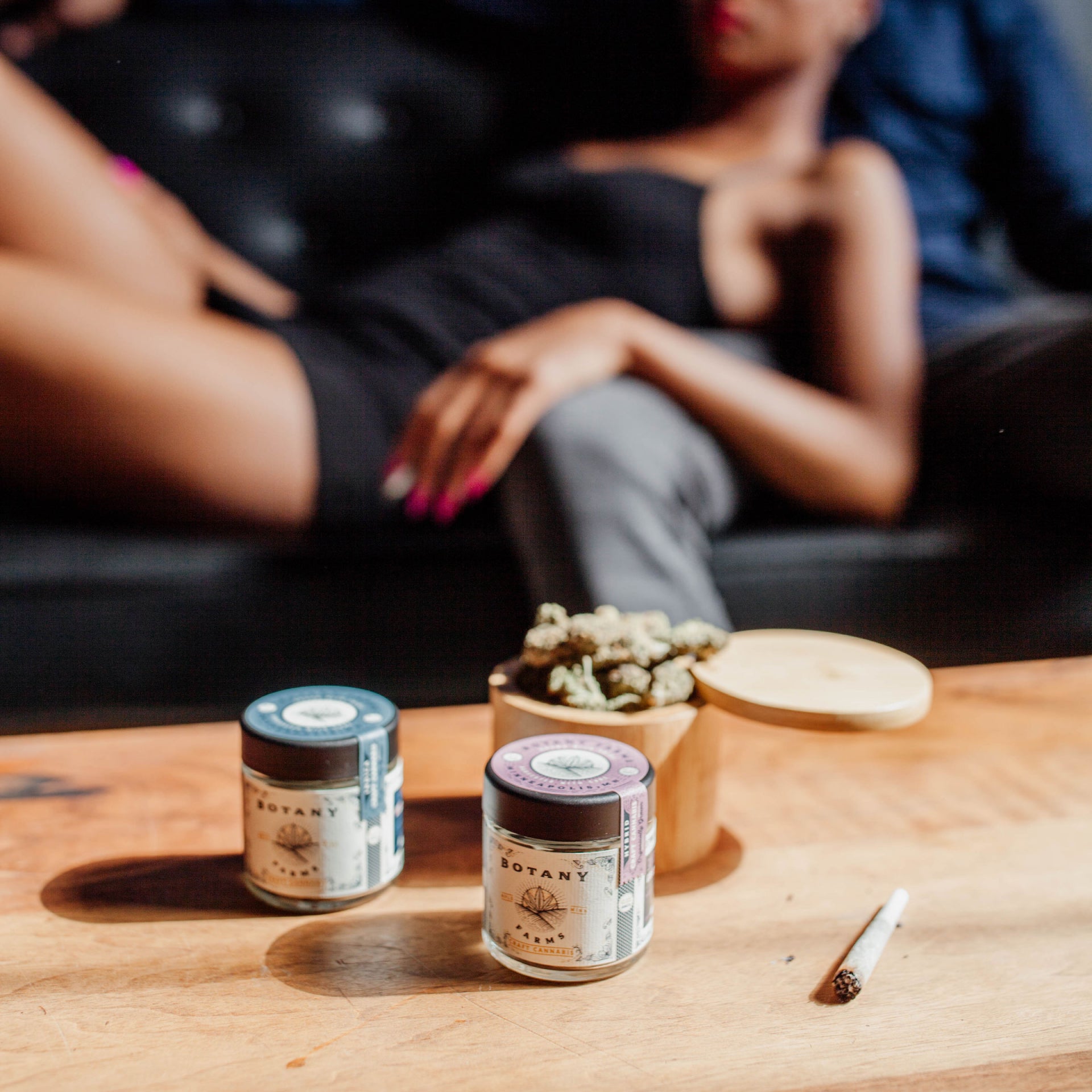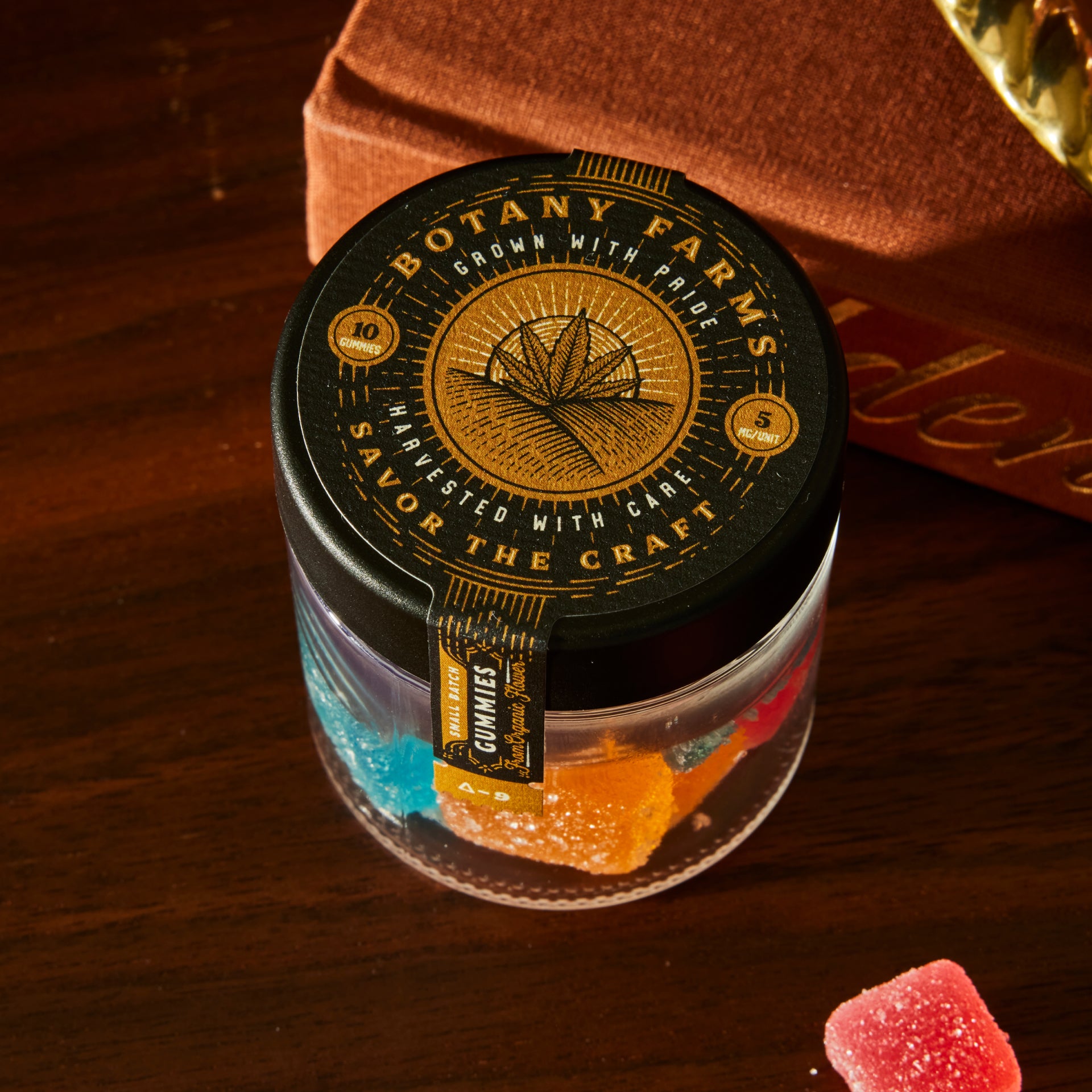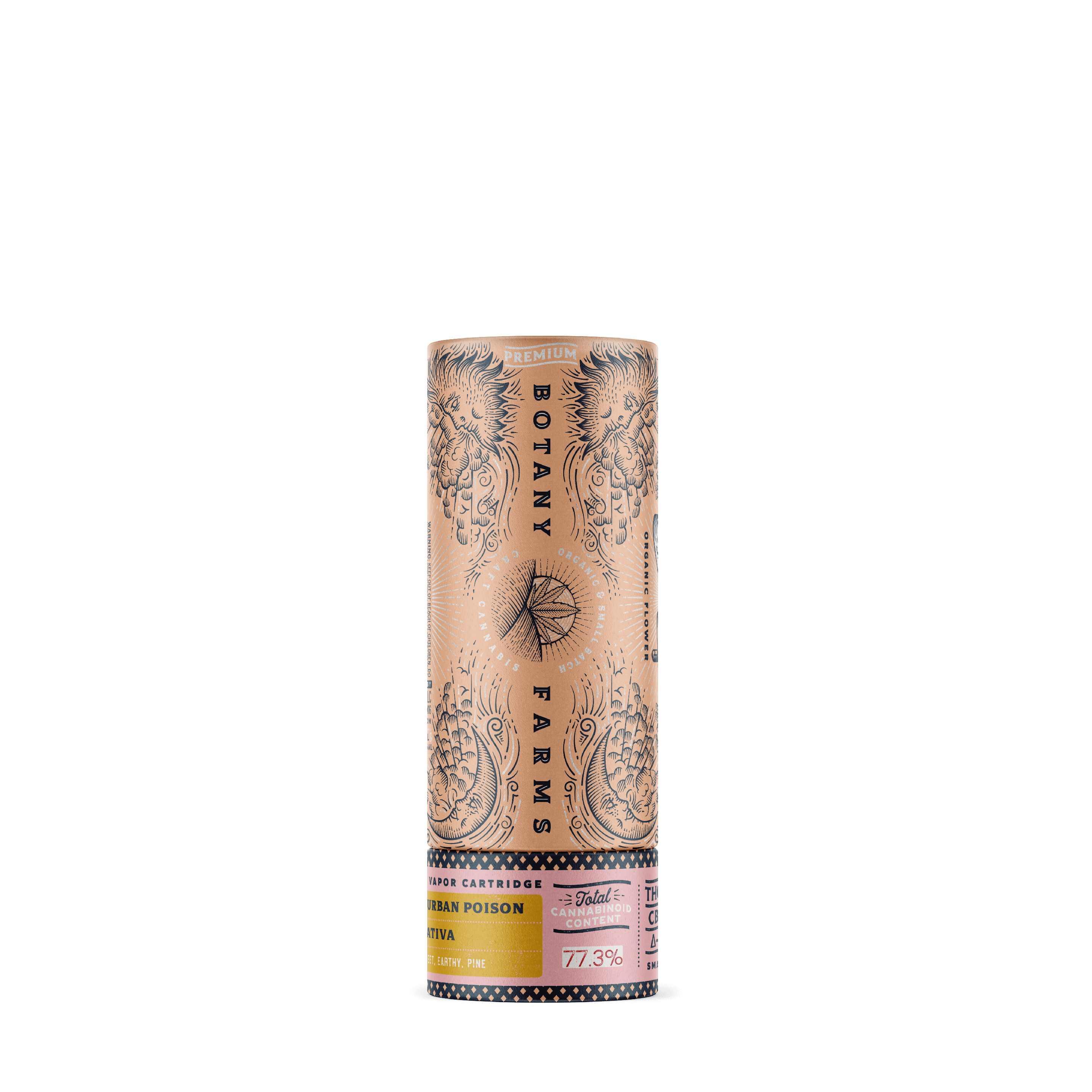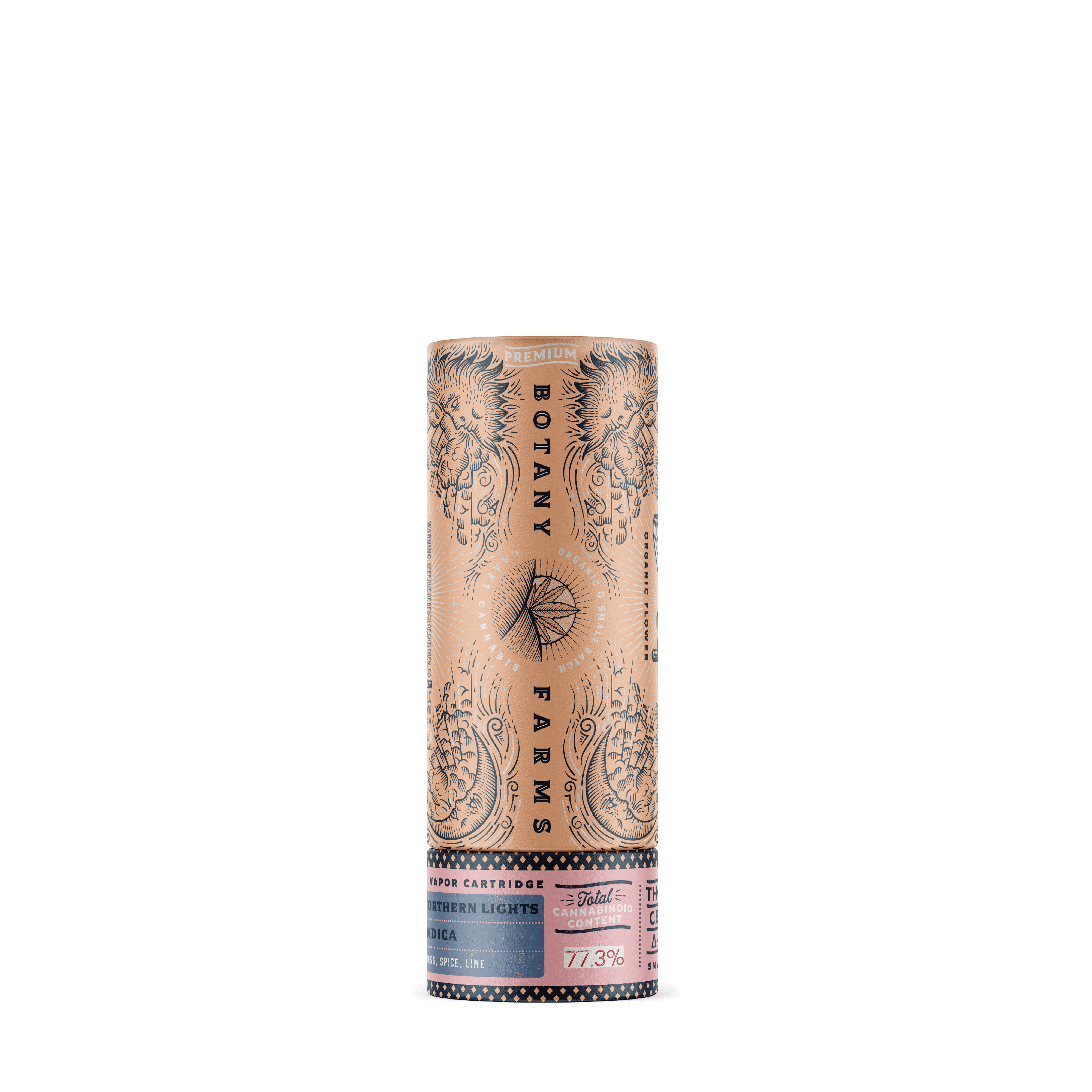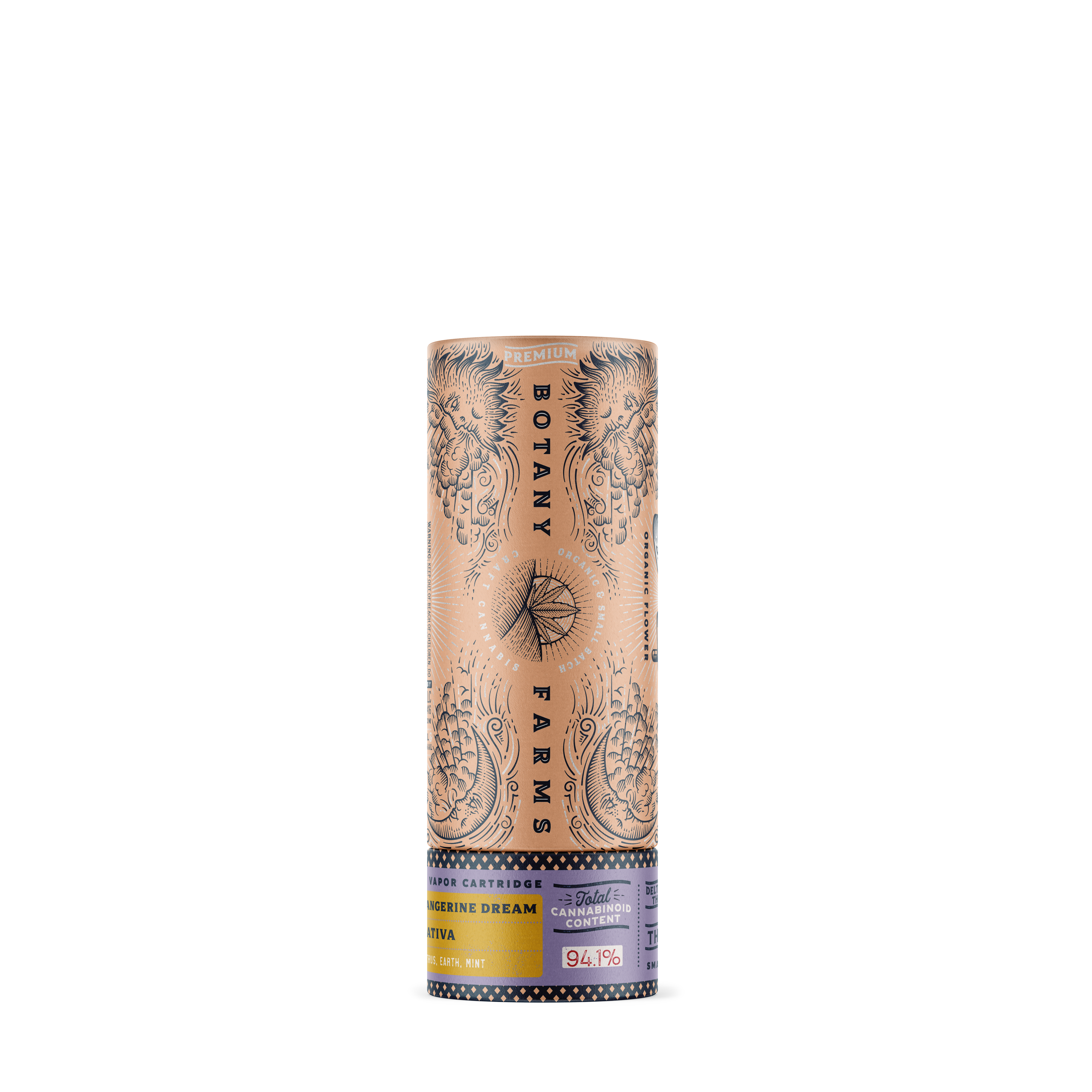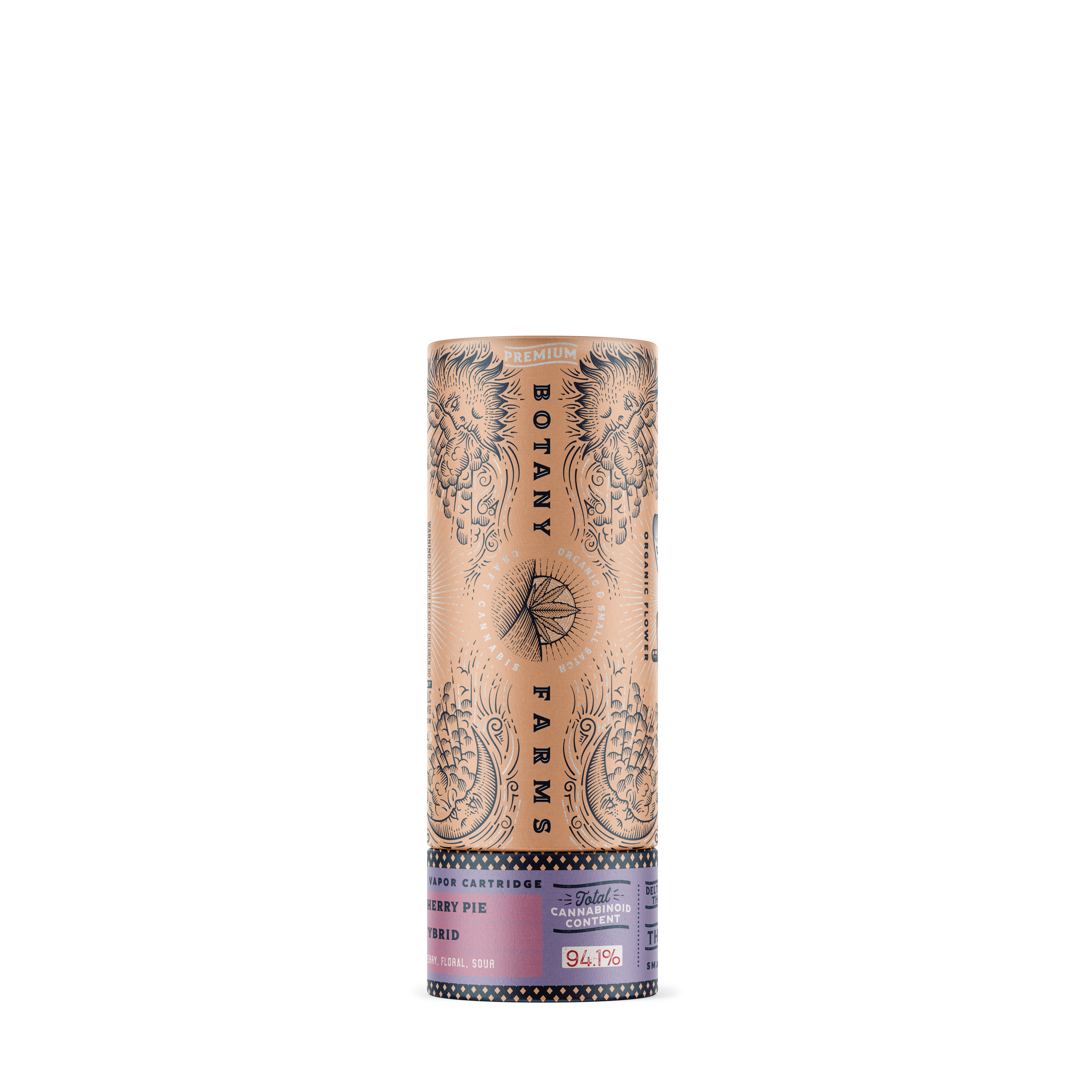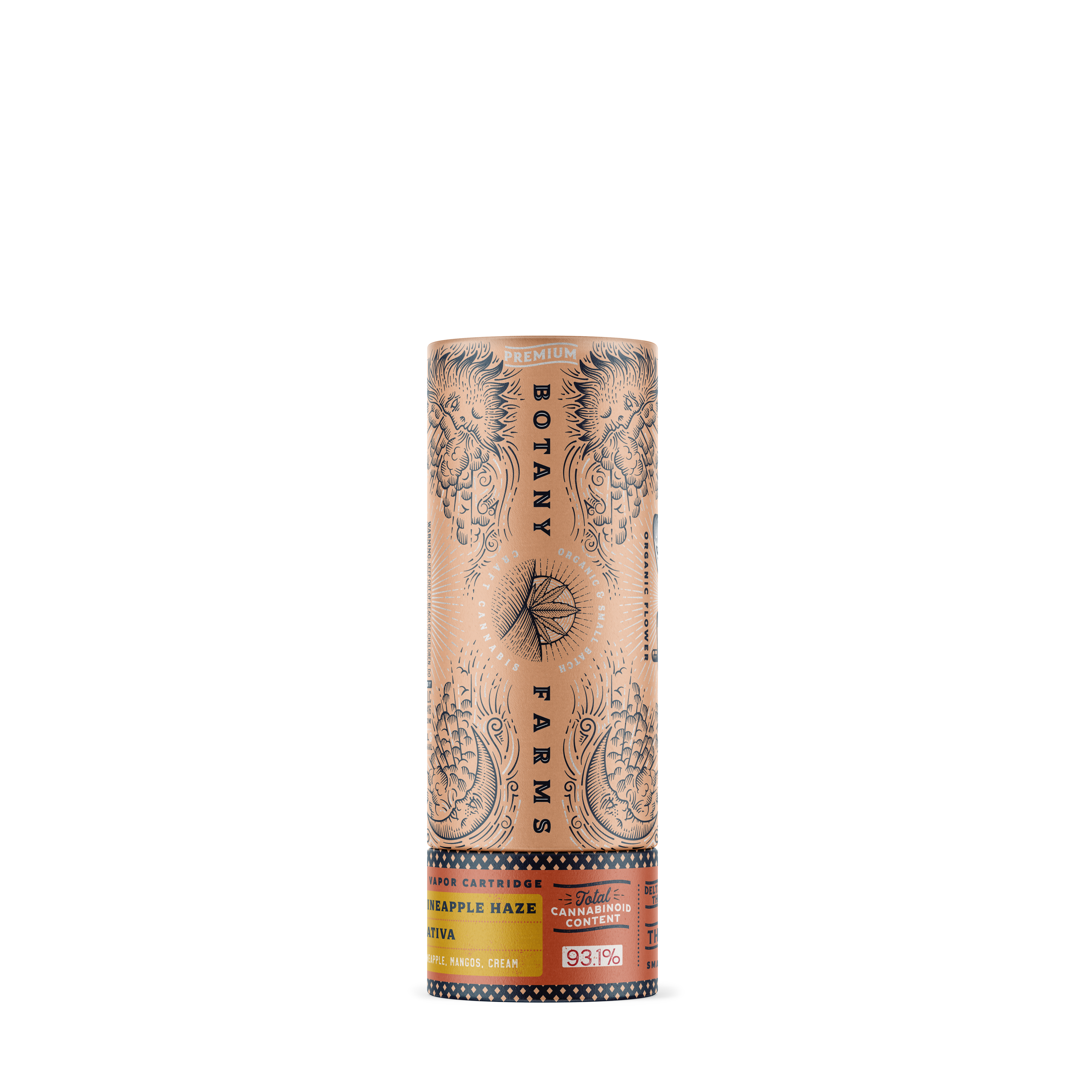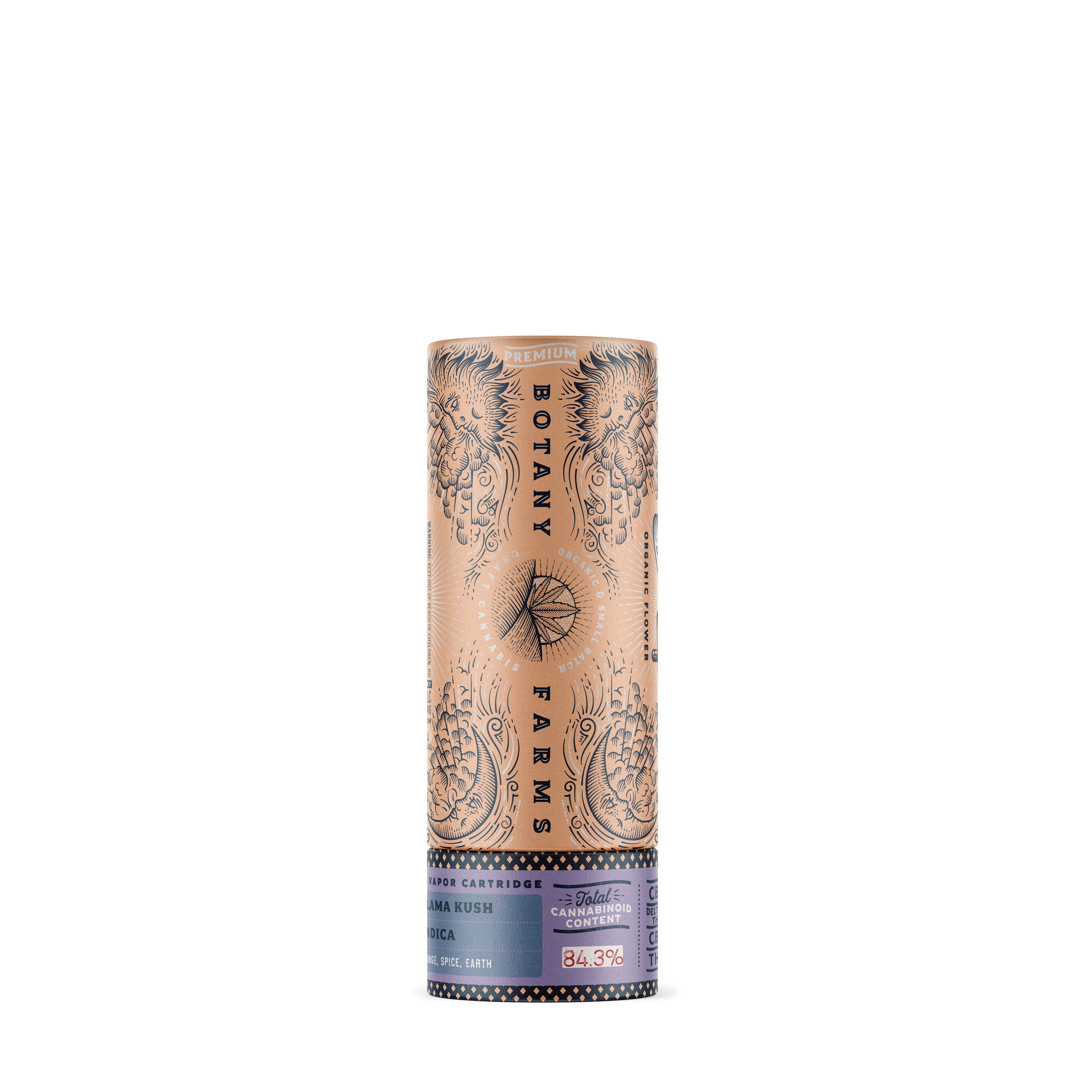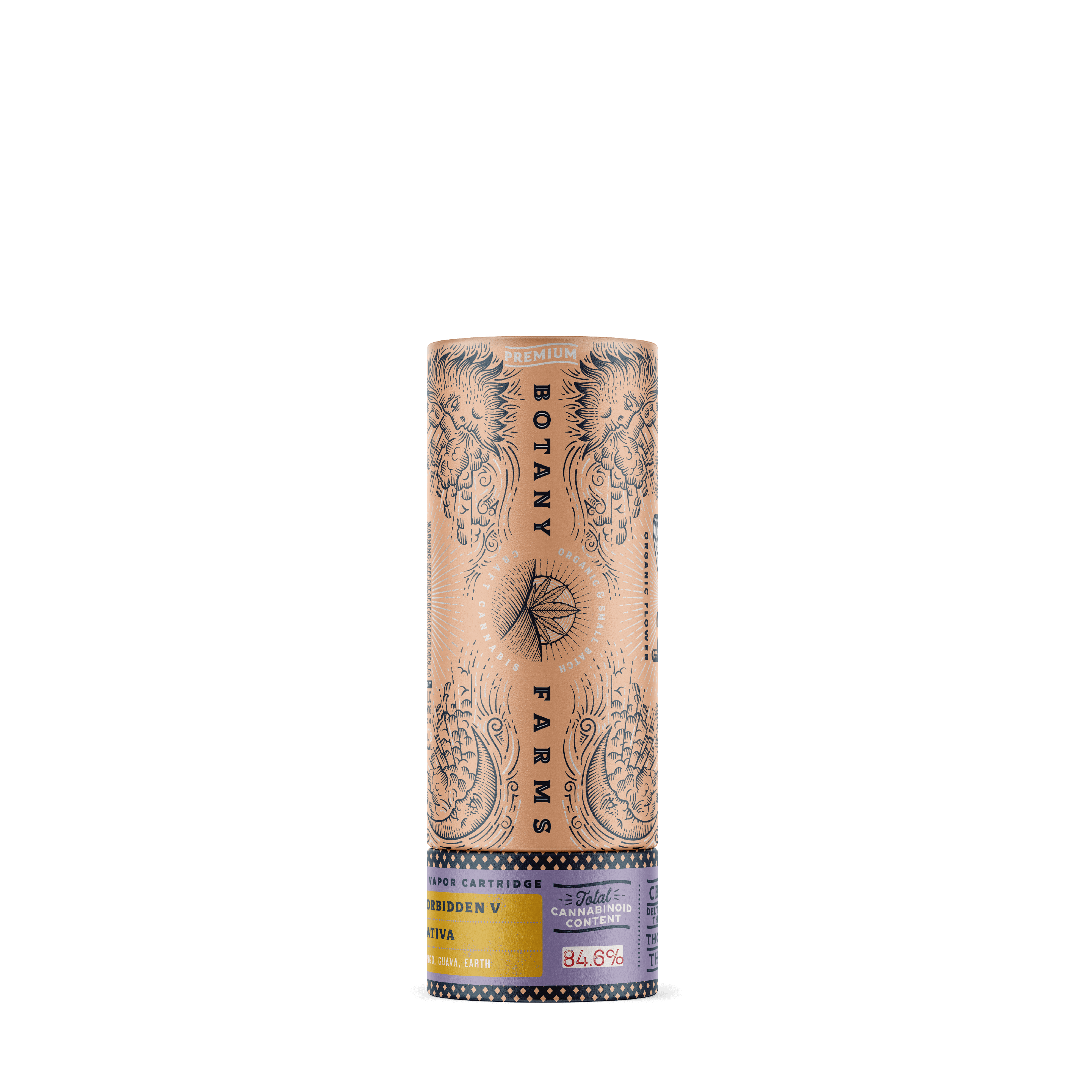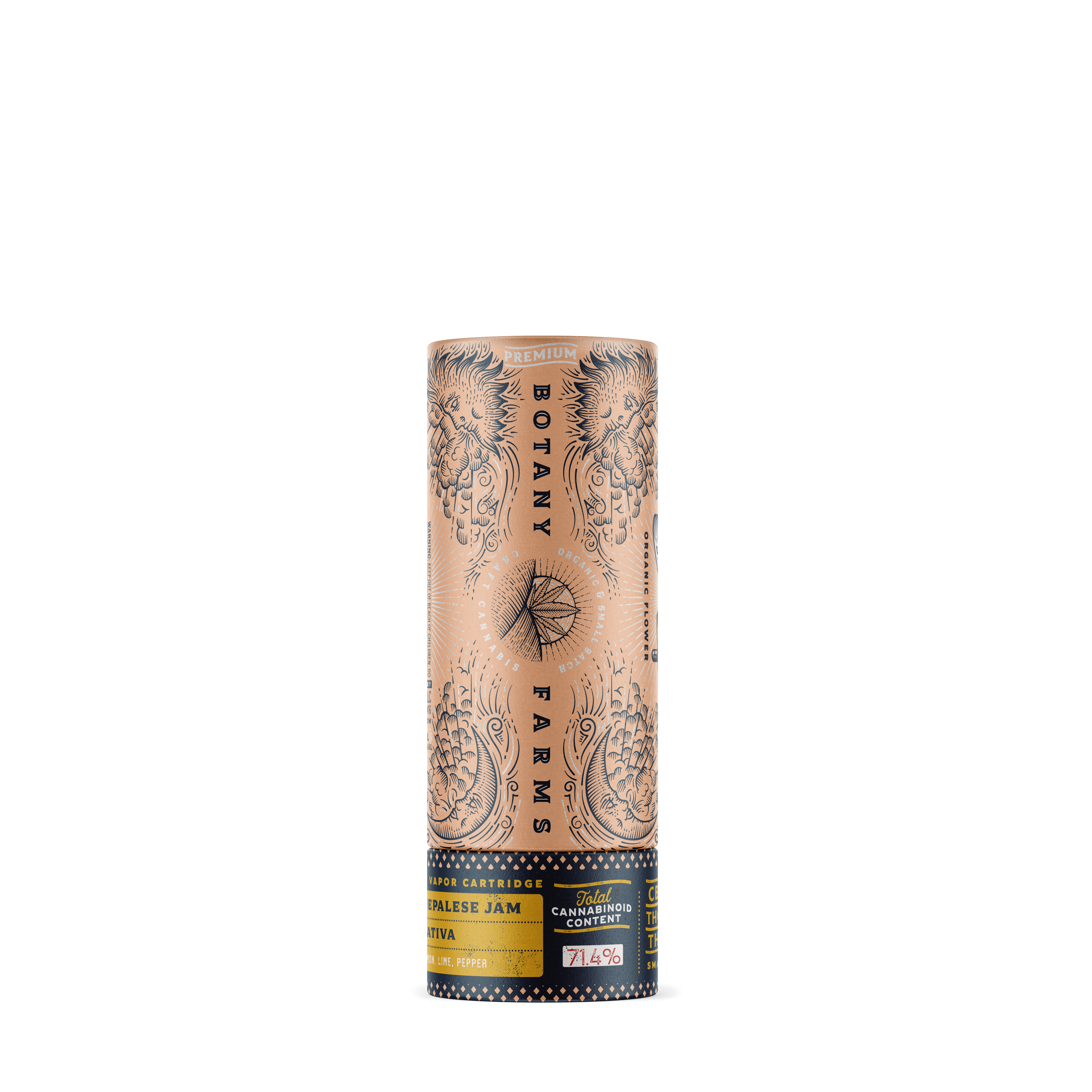- Key Takeaways
- Difference Between Live Resin and Shatter
- Live Rosin vs Shatter: How to Choose What is Best for You
- How is Live Resin Made?
- How is Shatter Made?
- How to Extract Shatter?
- How to Extract Rosin
- How is Live Rosin Extracted?
- What is Solventless Shatter?
- How to Make Solventless Shatter
- How to Consume Concentrates?
- Final Thoughts
Nowadays, there are lots of different options of cannabis concentrates and ways to obtain them. Cannabis concentrates present a new world for cannabis users seeking better and more refined ways of enjoying the natural compounds of cannabis in its purest form.
This article will delve into two specific forms of cannabis concentrates widely popular worldwide, Live Resin vs. Shatter. Although both types of concentrate come from a process applied to cannabis known as BHO, they have significant differences that can make some users lean more towards one than the other. Which is better?
Learn more about the characteristics of each of these cannabis concentrates and decide for yourself which is the best option for you. Without further ado, let's learn a little more about the difference between Live Resin and Shatter and how each one of them enhances your smoking experience.
Key Takeaways
- If we compare the potency of rosin vs shatter, we will find that both share a reasonably similar range.
- Generally, the most potent and close-to-plant rosin and shatter come from flash-frozen cannabis flowers, either extracted by pressure and heat or with solvents.
- In terms of effects, shatter and live rosin deliver powerful effects that kick in almost immediately.
Difference Between Live Resin and Shatter
Although they are both BHO, live resin and shatter have characteristics that make them quite different. However, these differences lie primarily in their appearance. In principle, live resin and shatter are almost the same types of concentrate, only with a different final finish due mainly to post-processing techniques applied to achieve the appearance and desired final texture.
As we already mentioned, the most significant difference between shatter and live resin is the appearance. On one side, you have the shatter, a type of concentrate that maintains its crystal structure, creating an almost transparent translucent final product with a bright amber color.
On the other hand, what most people know as living resin, which is actually sugar wax, is a type of concentrate that has lost its crystal structure due to agitation during the purging process. Therefore, it does not allow you to see through him. In turn, the living resin has a sugar-like appearance generated by small crystallizations of trichomes.
THC Levels
Regarding THC levels, as we are actually talking about two different types of BHO, these levels will be practically the same. They will depend mainly on the strain or raw material used to obtain the concentrate.
Although THC-dominant concentrates are generally the most popular on the shelves, we should mention that both shatter and live resin can also be CBD. It all depends on the raw material used to obtain the desired final product.
Nevertheless, live resin can feel overall more potent than other concentrates as it retains more of cannabis's active components like terpenes and flavonoids, which generate the popular entourage effect. All terpenes and flavonoids working along with cannabinoids make the effects of consuming live resin feel more full-bodied than shatter.
Terpene Levels
When it comes to terpenes, living resin definitely has the upper hand. This is because the process used to obtain the shatter completely destroys the terpenes and flavonoids and leaves the THC in a more pure or isolated state.
Therefore, live resin can also be more flavorful and aromatic than shatter as the first one preserves the smell and taste of the living plant. It is one of the great attractions of this type of concentrate.
Texture
The texture of live resin may vary a little depending on the processing it receives. Still, it is usually a bit waxy and, in some cases, like medium-diluted sugar. On the contrary, shatter has a hard-candy to translucent gummy appearance and depending on the applied process, it can sometimes be a bit more malleable and sometimes more brittle.

Live Rosin vs Shatter: How to Choose What is Best for You
Certainly, concentrates are a thing these days. Cannabis lovers and veteran users are always looking for new ways to enjoy this wonderful plant's effects and potential benefits.
When talking about concentrates, rosin, and shatter are some of the most sought-after options among concentrate lovers today. In fact, a study analyzing data from Twitter found that most cannabis concentrates manufacturers and brands advertise rosin and solventless shatter as a cleaner and safer alternative to dab instead of solvent-based extracts.
This is one of the main reasons why the demand for these concentrates is increasing, especially by users with a wellness lifestyle looking for more natural alternatives that provide a closer-to-plant experience. But, while for some users, the concept of rosin or shatter is quite clear, for some enthusiasts, everything related to concentrates can seem confusing.
Some people may still need to learn more about how to smoke rosin or shatter or what happens if you eat dabs instead of smoking them. That's precisely why we made this complete guide on rosin and shatter. The first thing is to choose the ideal concentrate for you. But, which one is the best concentrate? Is it rosin, or is shatter the best option?
The truth is that the answer is very relative and depends almost entirely on each user's needs. The best thing you can do is learn as much as possible about each concentrate's most essential characteristics and key differences to choose with well-informed criteria. With that said, let's better understand the main features of rosin and shatter in terms of power and effects.
Live Rosin vs Shatter Potency
When it comes to potency, without a doubt, concentrates have an enormous advantage. While the most potent cannabis flower can measure up to 30% THC or 25% CBD content, some concentrated types can contain up to 99% cannabinoid content.
If we compare the potency of rosin vs shatter, we will find that both share a reasonably similar range. The cannabinoid content of these extracts generally exceeds 80%, reaching up to 90% in some cases. Generally, the most potent and close-to-plant rosin and shatter come from flash-frozen cannabis flowers, either extracted by pressure and heat or with solvents to preserve the greatest amount of plant organic compounds in the final concentrate.
However, this is not a rigid rule, and sometimes a meticulous and expert extraction process can produce excellent quality concentrates. But, the logic to obtain a good rosin or a good shatter is quite simple: the better the initial raw material, the better the final result.
Live Rosin vs Shatter Effects
Their flavors and effects are pretty similar when comparing live rosin vs. shatter. Both extracts preserve the flavors and aromas of the plant and are ideal for veteran cannabis users or those with a high tolerance to THC.
However, rosin may provide an experience closer to that of the plant since extracting it from "live" plant matter preserves more terpenes and flavonoids. But if your shatter is solventless, its flavor and aroma will likely be just as intense as live rosin.
In terms of effects, shatter and live rosin deliver powerful effects that kick in almost immediately. The bioavailability of live rosin and shatter are quite high due to their concentration of cannabinoids, and both vaping and dabbing them allows the cannabinoids to become available in our bloodstream really quickly.
Both solvent-based and solventless extracts rank between 60% to 90% cannabinoid content unless it is a distillate, which can reach 95% or more. But, on average, shatter tends to contain slightly more THC than live rosin due to the extraction methods used to obtain it. The issue is that it is a solvent-based extract, so it can retain solvent remnants that could potentially harm health when not entirely purged.
On the other hand, although live rosin may have a slightly lower cannabinoid content than shatter, it offers a closer experience to the plant as it preserves a higher terpene and flavonoid content. In addition, since it does not require solvents for its extraction, it eliminates any risk of smoking solvent remnants trapped in your cannabis extract.
How is Live Resin Made?
The term "live resin" is the name given to a type of concentrate obtained from cannabis that is instant-frozen immediately after being harvested. Kind Bill, the creator of the live resin, called it this way since this type of concentrate preserves most of the plant’s active components and, therefore, smells exactly like the live flower.
This concentrate is also often known as BHO (butane hash oil) since chemical substances or solvents such as butane, propane, CO2, or some combination of them is what processors use to obtain live resin. These solvents separate the cannabinoid-laden trichomes from the rest of the plant matter, creating something known as "butane soup" that is collected and then processed to separate the butane from the cannabinoids, terpenes, and flavonoids in cannabis.
After this, the processors purify the resulting product to remove any residual solvents. It is good to highlight that the slight variations in some parts of this purification process give rise to the different types of cannabis concentrates that we know today. This tends to generate a bit of confusion for users since, in general, the term live resin is the name given to a finished product already on the shelf. But in fact, the actual live resin is the product obtained immediately after extraction.
Processors then practice a series of post-processing techniques to obtain the desired end product. What we generally know as live resin would be more appropriately called "sugar," which is nothing more than wax with crystals, giving that grainy or sugary look. Nevertheless, you can obtain a diverse variety of products from live resin, such as:
- Pull & Snap or Shatter
- Badder
- Wax
- Sugar
- Sauce
- Crystals
How is Shatter Made?
Shatter is one of the forms that BHO can take. It is a type of cannabis concentrate usually translucent and with colors ranging from bright honey amber to a darker yellow similar to olive oil. The consistency of the shatter is usually hard, although the texture may vary depending on the process used.
The method used to produce shatter is very similar to that used to obtain BHO or live resin. The difference is mainly in the post-processing technique used to obtain the final texture and appearance of the shatter. Thus, processors usually use butane as a solvent to obtain shatter, as CO2 dries the moisture out of the plant matter, depriving the shatter of its distinctive appearance.
Getting the shatter is mostly a matter of pressure and temperature during the shatter purge. Ultra-low temperatures and a precise pressure applied are what give shatter its distinctive translucent, glass-like appearance. To obtain shatter, processors usually apply temperatures of between 85 to 100 degrees Fahrenheit, along with a pressure of -29 inches of mercury (inHg) for a period of 8 to 24 hours.
How to Extract Shatter?
Shatter is a concentrate that results from specific methods of extracting cannabinoids, terpenes, and flavonoids from the plant matter of cannabis and the post-processing of said extracts once you obtain them. Some time ago, manufacturers used to make shatter mostly from THC-rich cannabis, but nowadays, you can also make CBD shatter using hemp flower instead.
This type of concentrate is not extracted directly from the cannabis plant but is the result of different processing methods once the initial cannabis concentrate is obtained. The process usually used to extract shatter is a closed-loop hydrocarbon extraction system and can be challenging to do without the correct tools and materials.
But, once you have the right equipment and knowledge, it can be a simple process. It is enough to be meticulous and patient to achieve a good shatter. If you are wondering how to extract shatter, you can achieve it by following the steps below.
- You must place the cannabis plant material inside the material column of the extraction system.
- Now you have to chill the plant matter with the solvent, usually CO2 or butane.
- The solvent slowly passes through the material column to dissolve the plant matter and isolate the trichome-laden resin.
- You must apply low heat to purge the solvent from the resulting extraction.
- It is crucial that you repeat the purging process to get rid of any remaining solvent in the extraction.
- After the solvent purge, it is time to collect the extract. At this point, you can turn the concentrate into various types of cannabis concentrates, such as wax, budder, or shatter.
To convert this initial extract into shatter, you must subject the extract to a shatter purge process, using a solvent-induced vacuum and heating to low temperatures of between 85 to 100 degrees Fahrenheit. You must also apply a pressure of -29 inches of mercury in Hg.
Exposure to these degrees of pressure and temperature for periods of 8 to 24 hours eliminates all kinds of remnants of plant matter and, consequently, gives the shatter its characteristic texture and color.
How to Extract Rosin
Currently, there is a plethora of different types of extracts that share many similarities and have slight differences that separate them from each other. The names of some concentrates are similar, so it can be easy to confuse them. This is especially possible in the case of rosin since you have live rosin and live resin, two different types of extracts with similar names to confuse them.
But the truth is that regular rosin, live rosin, and live resin are different cannabis concentrates. The main differences between these extracts lay in the initial raw material and the processes applied to obtain them.
Live resin is a type of BHO that is also the starting point for other extracts such as wax or shatter. As for rosin, it is a type of concentrate that does not require solvents to obtain it. Rosin shares many of the inherent characteristics of live rosin in terms of extraction method, appearance, texture, and color. But, they keep a key difference that changes the whole thing: the starting material used to obtain the rosin differs from the material used to get the live rosin.
Live rosin requires fresh, recently harvested, or flash-frozen cannabis material to preserve the greatest amount of terpenes and cannabinoids from the living plant. On the other hand, you can obtain rosin from not necessarily fresh cured cannabis flowers, sift, hash, or kief, processed with the same methods used to get live rosin. The answer is relative if you wonder which concentrate is the best.
If you compare rosin, live resin, live rosin vs wax, or other concentrates, you will find noticeable differences in texture, color, aromas, and flavors, even though they may come from the same starting material. But, determining which is the best concentrate depends significantly on the preferences and needs of each user.
How is Live Rosin Extracted?
We should not confuse live rosin with live resin; although the initial plant matter is the same for both concentrates, they are two different types of extracts, as different as the methods used to give each type of extract its particular texture and color.
Manufacturers use solvents to make live resin; therefore, it is a type of BHO. In contrast, live rosin results from applying specific temperatures and pressures to the plant matter. Additionally, while both extracts are dabs in principle, the temperature settings, and tools for smoking live resin can be slightly different than the methods for smoking live rosin.
Cannabis users, by nature, are very creative, and for a long time, some have been experimenting with DIY methods to extract live rosin with t-shirt heat presses or hair straighteners. But, for some time now, you can find rosin presses specially designed to make this extract. These presses seem to be gaining more and more popularity among cannabis concentrate lovers and independent manufacturers.
If we put it in a step-by-step, the process to obtain live rosin would be something like this.
- The first and most important thing is to have the proper starting material to extract the rosin from the “live” plant matter. For this, the plant matter must be fresh, recently harvested, or flash-frozen immediately after its collection to preserve the most organic compounds possible and obtain a true-to-plant concentrate regarding flavors, aromas, and effects.
- Once you have the right starting material, the next thing to do is place it inside a rosin filter bag or wrap it in a rosin screen mesh.
- Then you need to place the rosin screen or rosin filter bag filled with cannabis between the two heated plates of the rosin press.
- The temperature and pressure settings of the rosin press depend on the initial material you're using and the final result you want. Usually, the pressure used to extract rosin is between 300 and 1500 lbs, and the temperature is between 170 and 220 degrees F.
- After having the desired setting, it is time to apply pressure and heat to the cannabis to extract its organic compounds. Some rosin presses use a manual mechanism, and some of the more sophisticated ones use a hydraulic mechanism. Some use hand pumping or a twist mechanism to apply pressure, and for hydraulics or pneumatics, all it takes is pushing a button for the rosin press to do the job.
- The pressure and heat squeeze the resinous trichomes together with the terpenes and flavonoids. Once you squeeze the cannabis resin from between the rosin press plates, you must collect the resulting extract with a patch paper, preferably edible grade.
At this point, the rosin is ready for use. Nonetheless, depending on the manufacturer's goal, some might apply a post-extraction rosin cure. Live rosin is one of the most natural extracts and is close to the experience of the plant since it does not require solvents for its extraction.
It is enough to have a good starting material to obtain a good quality live rosin. In this sense, for making a top-shelf quality live rosin, the better the start is, the better the end will be.
What is Solventless Shatter?
If you want a concentrate that gives you the best of both worlds, solventless shatter is your ideal choice. As the name suggests, solventless shatter is a concentrate derived from rosin but with almost the same characteristics as BHO shatter.
Solventless shatter does not require solvents for its manufacture. Instead, it comes from the same extraction techniques used to obtain the rosin extract with slight changes in the thermal and pressure parameters, which are the ones that give the rosin the characteristics of shatter.
You can make solventless shatter from cannabis flowers or hash as your starting material. However, solventless shatter made from hash generally gives the final product a higher potency and general quality.
How to Make Solventless Shatter
The world of concentrates is genuinely fascinating. It's amazing that after you have an initial extract like live resin or rosin, you can convert it into other concentrates just by applying the proper post-processing techniques.
For example, using the right temperature and pressure settings can quickly turn live resin into wax, rosin into shatter, or shatter into crumble. The secret to making solventless shatter is to press the rosin or starting material at a higher temperature than usual.
To make rosin shatter or solventless shatter, you have to press the rosin at 220 degrees F. Whether you press hash or cannabis flowers to extract the initial rosin, pressing should result in a concentrate with a juicy, honey-like texture. As the oil cools, the concentrate hardens, leaving it with a glassy texture that resembles traditional shatter.
How to Consume Concentrates?
Cannabis concentrates today present various options that cannabis connoisseurs can choose from. If you are a cannabis enthusiast, perhaps the way you consume concentrates may be slightly different from what you are used to. However, adding a little badder, shatter, or hemp wax to your traditional joint is entirely valid to give it a different spin. Definitely, each type of concentrate has an ideal way to consume it.
But, unless you choose a concentrate in edible form, some kind of balsam or cannabic topical, or cannabinoids in capsules, the best way to consume cannabis concentrates is to smoke them. However, there are different ways to achieve this. For example, let's say you have some live resin or shatter with you, and you wonder, ‘how to consume concentrates?’ The answer is very simple and is divided into two options: vaping or dabbing.
Vape Concentrates
Vaping is one of the most popular ways to consume concentrates today. It presents users with a convenient, simple, and sometimes discreet option to enjoy the benefits of cannabis virtually anywhere, as long as it does not imply a hassle for someone else.
When you vape, you heat the cannabinoids in your concentrate to the point where they release their therapeutic vapors, thus allowing you to inhale them. To achieve this, you only need a tool known as a concentrate-friendly vaping pen or vaporizer, fill the vaping chamber, turn on the device, and wait for it to heat up to the desired or ideal temperature to vape your concentrate.
Vape pens can be disposable or reusable. In general, the ideal ones for vaping live resin or shatter are reusable, specifically concentrate-friendly ones. Some reusable vaping pens work with pre-filled cartridges or only with cannabis vaping juice and do not come equipped with the system and voltage necessary to vape concentrates in their solid form.
Therefore, if you are thinking of acquiring a vaping pen to enjoy your concentrates in it, make sure that it is indicated to vape concentrates in solid form. Thinking of you, Botany Farms has a potent Delta-8 THC cartridge for you to get used to the power of cannabis. Once you try it, there won’t be a day you don’t want to indulge in its amazing effect.
Dab Concentrate
Dabbing would practically not exist if it weren't for cannabis concentrates. And it's such a popular way to enjoy cannabis these days that you now see dab rigs posing on dispensary shelves alongside bongs and hand pipes.
To dab, you just need to heat the bowl or "banger" of your dab rig with the help of a butane or propane torch until it is red hot. This will allow that, once you place your concentrate in the banger with the help of your stick tool, it quickly reaches its boiling point, thus releasing the vapor full of cannabinoids that you are going to smoke.
In addition to traditional dab rigs, there is also an option known as an E-nail, which eliminates the need for a torch. E-nails are dab rigs that come with a voltage box from where you can regulate the temperature to which the resistor connected to the banger heats up. This resistance brings the banger to the ideal point so that the concentrate will boil as soon as you put it on the nail.
However, we must highlight that the ideal dabbing temperature will depend on several factors, especially the type of concentrate you want to dab and whether it is liquid or solid. Cannabis concentrates in their liquid form usually have boiling temperatures lower than that of solid concentrates. 
Final Thoughts
A few decades ago, hashish, mainly marketed in Morocco, some Middle Eastern countries, and Europe, was the only known cannabis concentrate. The enormous advances in cannabis research and technology, coupled with global changes regarding this plant's legality, the exponential growth of the cannabis market, and the insatiable demand of users for new and better consumption forms, translate into a wide range of new options and possibilities.
Dabs or concentrates are now a whole world apart, and we know that between wax, live resin, live rosin, shatter, budder, and the rest of the concentrates we have yet to name, it can be somewhat challenging to choose the most suitable one for you. But, without a doubt, both live rosin and shatter can be excellent extract options depending on the needs of each user.
The most important thing to know about how to choose the best extract properly is to be clear about their main characteristics and differences. For someone looking for pure cannabis potency at a relatively moderate price, without worrying too much about possible impurities, shatter is the perfect fit.
In contrast, live rosin may be the ideal extract for those looking for high therapeutic potency packed into an experience rich in true-to-plant aromas and flavors. When it comes to potential medicinal benefits, both extracts can do the job well. It depends on the specific preferences of each person to choose the most suitable concentrate.
It is also important to note that while live rosin and shatter carry great therapeutic potency, this very high potency can present some potential risks when used excessively. In this sense, as the saying goes, the difference between poison and remedy is the dose you use.
Although overdosing with live rosin or shatter is not fatal, it can cause temporary cognitive impairment, difficulty retaining information, and a reduction in combination, as well as extreme anxiety and even episodes of transient drug-induced psychosis in some. cases.
There is also data to suggest that chronic use of concentrates can lead to pronounced cannabis use disorder symptoms. This same data also suggests that frequent users of concentrates report the need to use more cannabis or stronger strains to get the high they are looking for, which may be related to high levels of tolerance or even dependence.
Given this, the most viable solution could be to learn to enjoy the concentrates consciously and moderately in order to maintain a healthy and safe relationship with the concentrates. In this way, you make sure you enjoy their potential benefits and advantages when using them and do not end up experiencing the possible side effects that their inappropriate use could generate. Want to give our live resin, and another product from our garden a try?
If you'd like to learn more check out the video below




